It’s shocking to me that season two of Kobayashi-san Chi no Maidragon was as good as it is. The 2019 arson attack, the loss of the project’s intended director, the demoralization of the staff – how did Tatsuya Ishihara and his team at KyoAni produce such strong work in the face of these obstacles? A word like “perseverance” seems inadequate given the severity of the situation, but “determination” might do – determination to honor their fallen friends, and to prove to Japan and the world that they wouldn’t be beaten. These final episodes were the product of artists at the top of their field, and also some of the best in all of Maidragon’s run, signaling the fulfillment of their vision for the series. Even if we get a continuation someday, nothing will ever diminish the conclusive statement issued by the second season: “Kyoto Animation is back.”
After watching these episodes, I went back and rewatched the series premiere from 2017, and one of Kobayashi’s first lines of dialogue there had to do with her aching back. Fast forward four years and she’s still suffering from the same issue, only this time, Tohru has matured enough to create a solution that doesn’t involve eating her flesh. Episode 11 opened with this pleasant callback (and made me wish I had a vibrating dragon tail for my own back issues), but the bulk of its runtime was used to elaborate on Tohru’s battle with God for the fate of dragonkind. We first saw monochromatic stills of their showdown in the season one opener, clueing us into the reason for Tohru’s presence in the human world, but now several of the battle’s key sequences have been brought to glorious life. You really do need full animation to get across the magnitude of a conflict like that, and episode 11 delivered, giving us a look at how exactly God conjured the sword that pierced Tohru’s hide, as well as the fearsomeness with which she charged at his titanic form. After relaying the details to Kobayashi, she reaffirmed her desire to be a maid – a closing note that I always appreciate no matter how many times the show trots it out. Maidragon (and Tohru in particular) can be so silly that reminders of her gratitude to Kobayashi are always welcome, at least in my eyes.
If 11 was a deeper look at the show’s mythology and the history of its central relationship, episode 12 was an extended victory lap – a victory parade, even. Both the summer festival and the picnic under the cherry blossoms looked marvelous for more reasons that I can name, but I’m certain that the show’s compositing was one of the main factors. The lanterns and illuminated tents in the festival scenes caused the characters to glow and light to spill into the surrounding trees, two effects which were applied with great precision. The occasional use of a soft focus “lens” brought a tenderness to the various character moments throughout, as well, especially when Kobayashi seemed to be on the verge of reciprocating Tohru’s declaration of love. A simpler yet equally enjoyable scene was the transition between the episode’s A and B parts, where Kobayashi showed her blurry festival photos to Takiya with a contented smile – proof that she was less concerned with snapping the perfect pic than with savoring the time spent with her friends. And the season-ending view of the cherry blossoms was, of course, incredible, breaking out a lovely pink tint for the key moments between the cast’s tipsy tomfoolery. The final scene, yet another of Tohru’s attempts to wrangle Kobayashi into marriage, was so absurd that it nearly broke down, but the use of the series’ nostalgic first OP transformed it into a solid anchor.
At the beginning of this season, a lot of returning viewers found themselves in uncertain territory when a kinky character seemed poised to dominate the show going forward. If you’re reading this post, be it in 2021 or at some point in the future, and you haven’t yet discovered the truth of the matter, please rest assured: that did not happen. Ilulu was actually the focus of some of the season’s more flattering spotlights, as she grappled with the state of dragon/human relations and her place within them. Surrounding stories about side characters like Shouta and Fafnir may have lowered the anime’s batting average at the start, but there was always a terrific segment around the corner, from Tohru and Elma’s shared history to Kanna’s time in New York City. The beautiful backgrounds on display during these excursions created a strong sense of place, making it easy for me to lose myself in the fanciful tales that Maidragon wanted to tell. When you combine that level of immersive art with expressive character animation and the handful of brutal dragon duels woven throughout the story, you get one of the prettiest and most technical shows of 2021.
(Oh, and the central characters were as lovable as ever, but come on, it’s Miss Kobayashi’s Dragon Maid – you knew that already.)

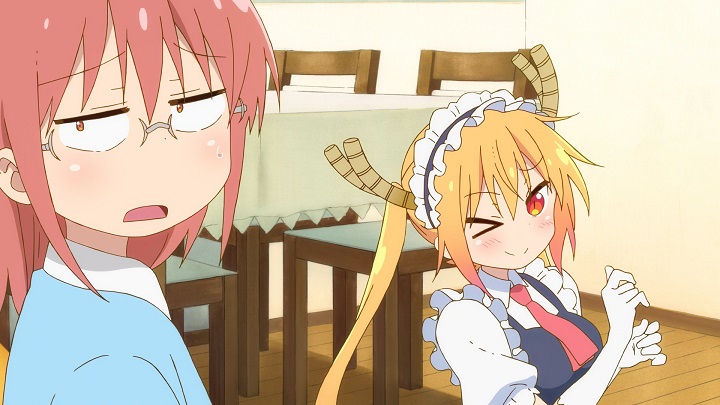
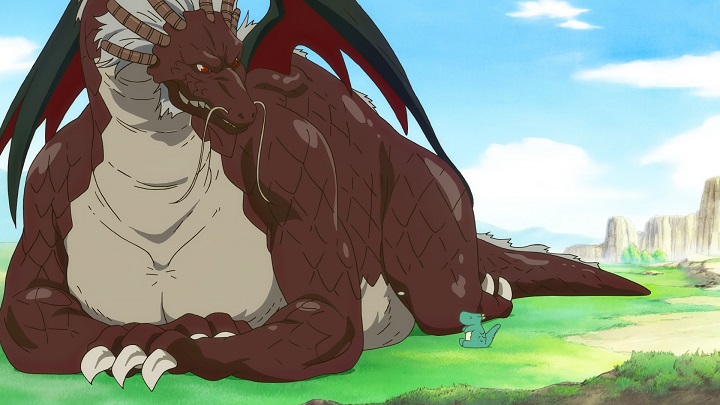
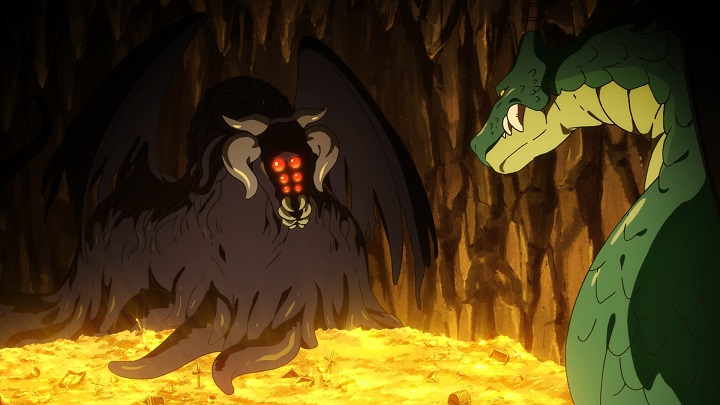
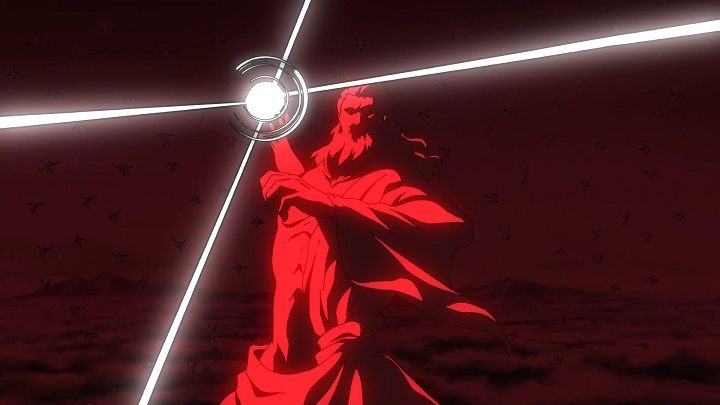
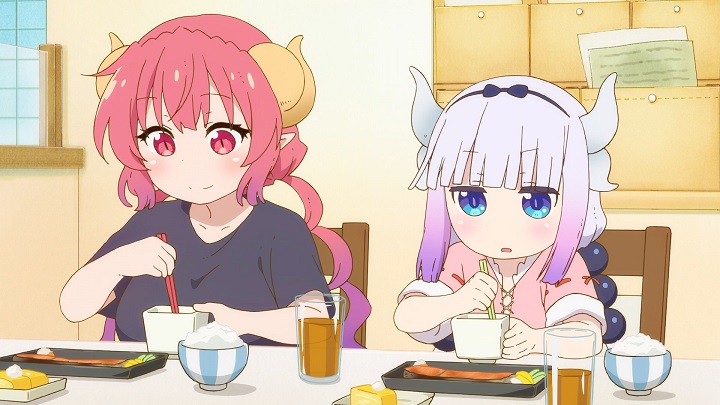
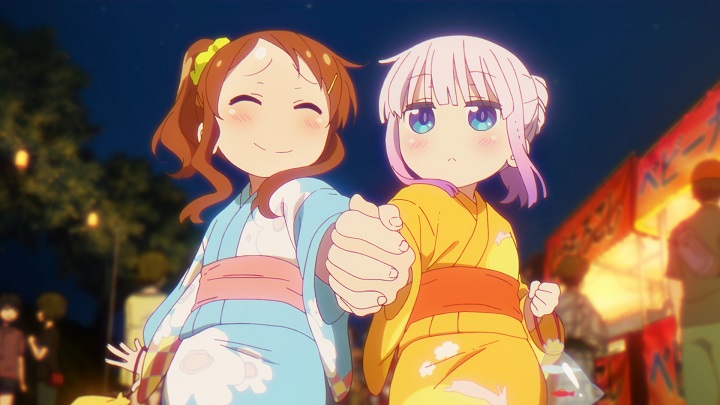
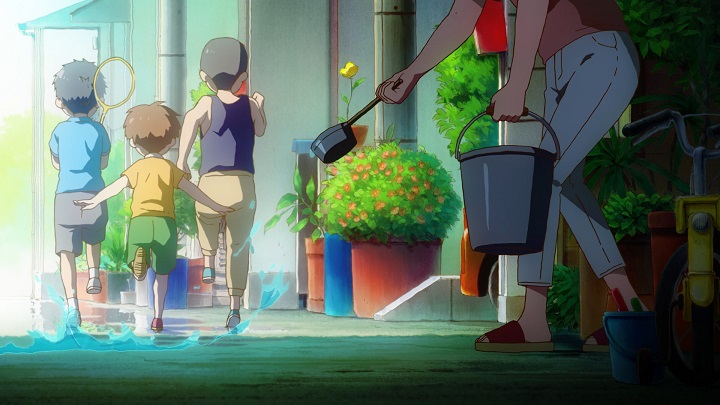
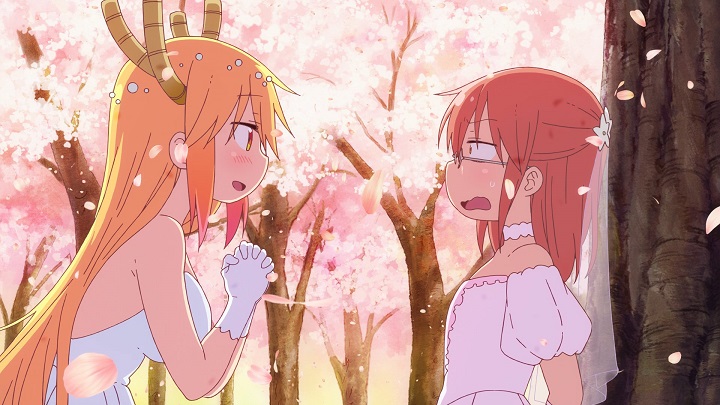
I think this was a very enjoyable season (all the more impressive due to KyoAni’s comeback). And yes, Ilulu ended up a much better character than expected.
At the end of the day, it’s a very pretty, somewhat silly, episodic yuri (yes, I said it) slice of life. To me, it’s a B-level story, given S+ animation.